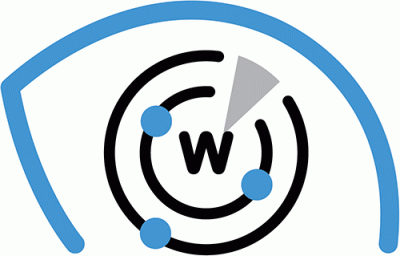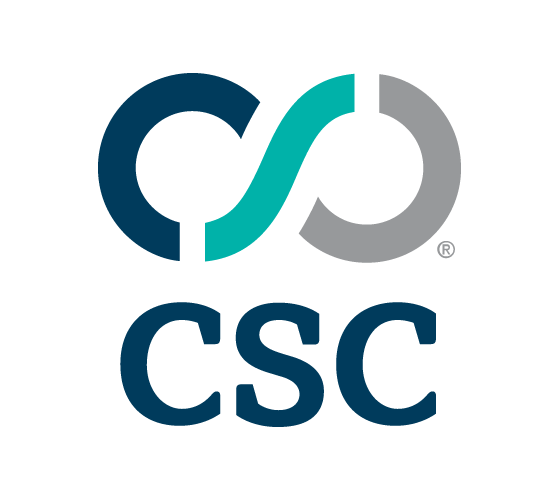


|
||
|
||
The Lumma Stealer, known for using the malware-as-a-service (MaaS) model, has figured in various campaigns targeting victims in countries like Argentina, Colombia, the U.S., the Philippines, and others since 2022.
Netskope Threat Labs analyzed a new campaign using fake CAPTCHAs to deliver the stealer and published their findings in “Lumma Stealer: Fake CAPTCHAs and New Techniques to Evade Detection.” They identified 34 indicators of compromise (IoCs) in the process comprising 27 domains and seven subdomains.
The WhoisXML API research team expanded the list of IoCs Netskope identified and uncovered:
A sample of the additional artifacts obtained from our analysis is available for download from our website.
We kicked off our in-depth analysis by querying the 27 domains tagged as IoCs on Bulk WHOIS API. The results showed that:

A majority of them, 22 to be exact, were registered in Iceland while the remaining five did not have registrant country information in their current WHOIS records.

Next, we queried the 27 domains identified as IoCs on DNS Chronicle API and discovered that only 26 recorded historical IP resolutions. Altogether, the 26 domains had 342 IP resolutions to date. The domain royaltyfree[.]pics had the oldest initial IP resolution date—10 October 2019. Take a look at the DNS histories of five other domains below.
| DOMAIN IoC | NUMBER OF IP RESOLUTIONS | FIRST IP RESOLUTION DATE |
|---|---|---|
| bestinthemarket[.]com | 63 | 11 June 2020 |
| dokedok[.]shop | 4 | 16 January 2025 |
| gustavu[.]shop | 8 | 19 January 2025 |
| luxeorbit[.]shop | 14 | 14 January 2025 |
| rezomof[.]shop | 6 | 17 January 2025 |
To uncover possibly connected artifacts, we began by querying the 27 domains tagged as IoCs on WHOIS History API. The results revealed that six of them had 17 email addresses in their historical WHOIS records after duplicates were filtered out. A closer look at the 17 email addresses after duplicates were filtered out showed that four were public email addresses.
Next, we queried the four public email addresses on Reverse WHOIS API in hopes of uncovering email-connected domains. Unfortunately, none of them appeared in the current WHOIS records of other domains.
After that, we queried the 27 domains identified as IoCs on DNS Lookup API and found that 12 of them resolved to 25 IP addresses after duplicates were filtered out.
This post only contains a snapshot of the full research. Download the complete findings and a sample of the additional artifacts on our website or contact us to discuss your intelligence needs for threat detection and response or other cybersecurity use cases.
Disclaimer: We take a cautionary stance toward threat detection and aim to provide relevant information to help protect against potential dangers. Consequently, it is possible that some entities identified as “threats” or “malicious” may eventually be deemed harmless upon further investigation or changes in context. We strongly recommend conducting supplementary investigations to corroborate the information provided herein.
Sponsored byCSC

Sponsored byWhoisXML API

Sponsored byRadix

Sponsored byVerisign

Sponsored byIPv4.Global

Sponsored byDNIB.com

Sponsored byVerisign
